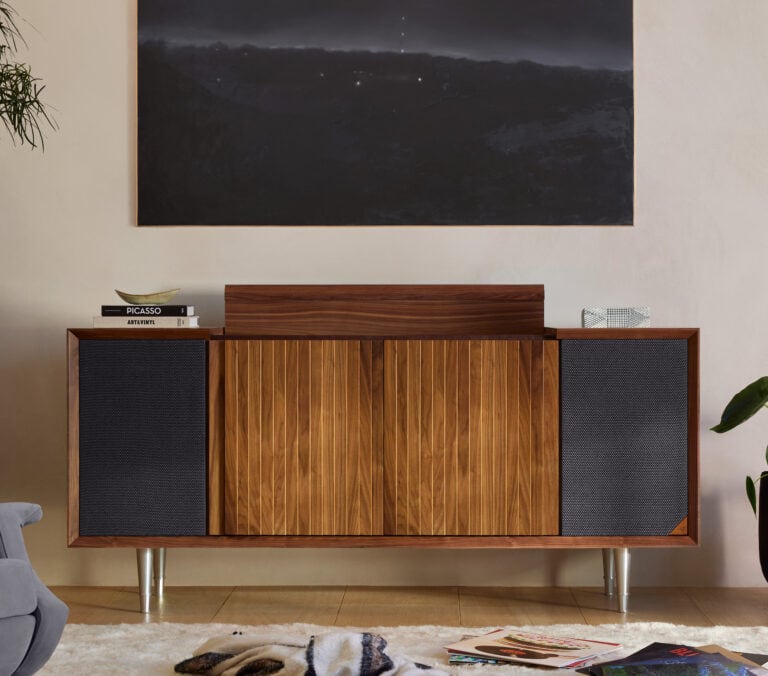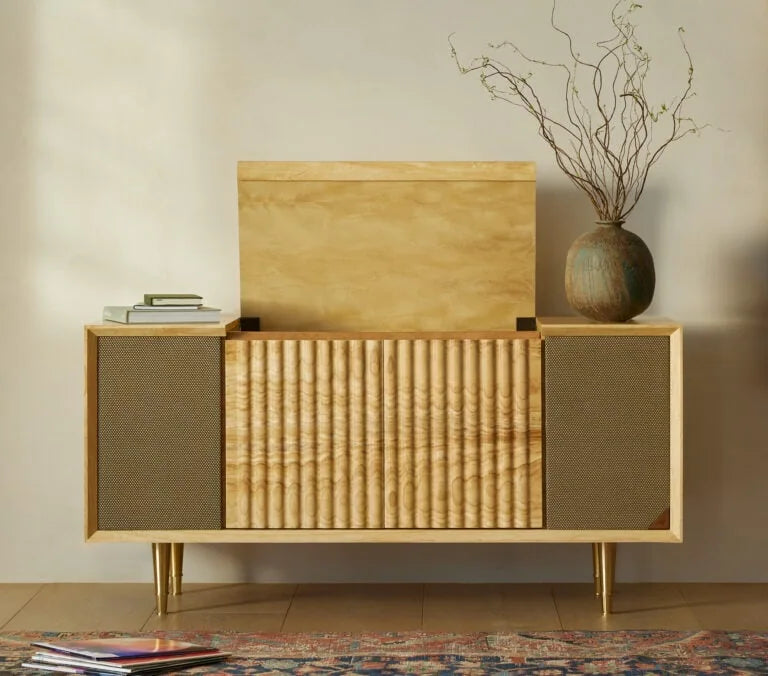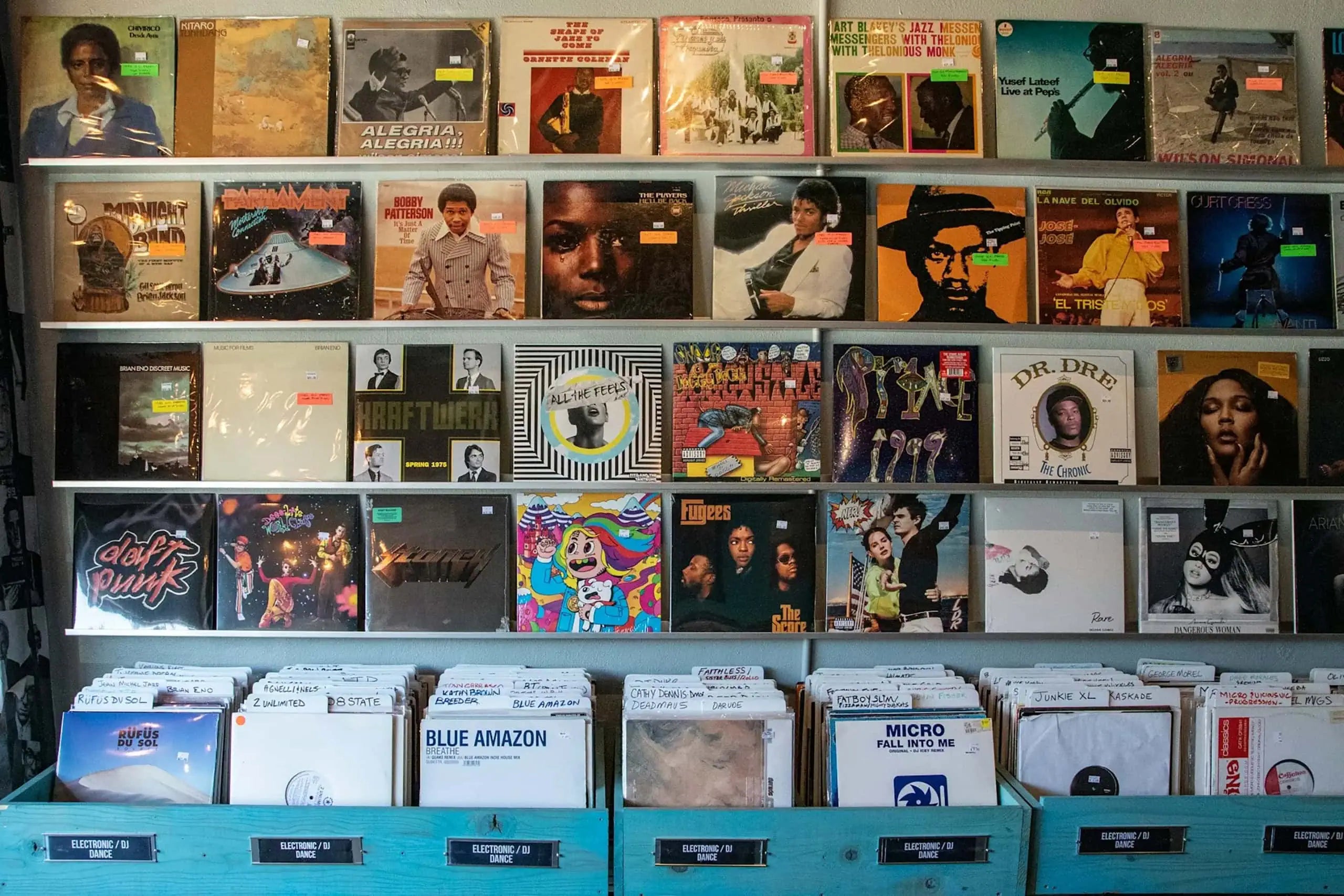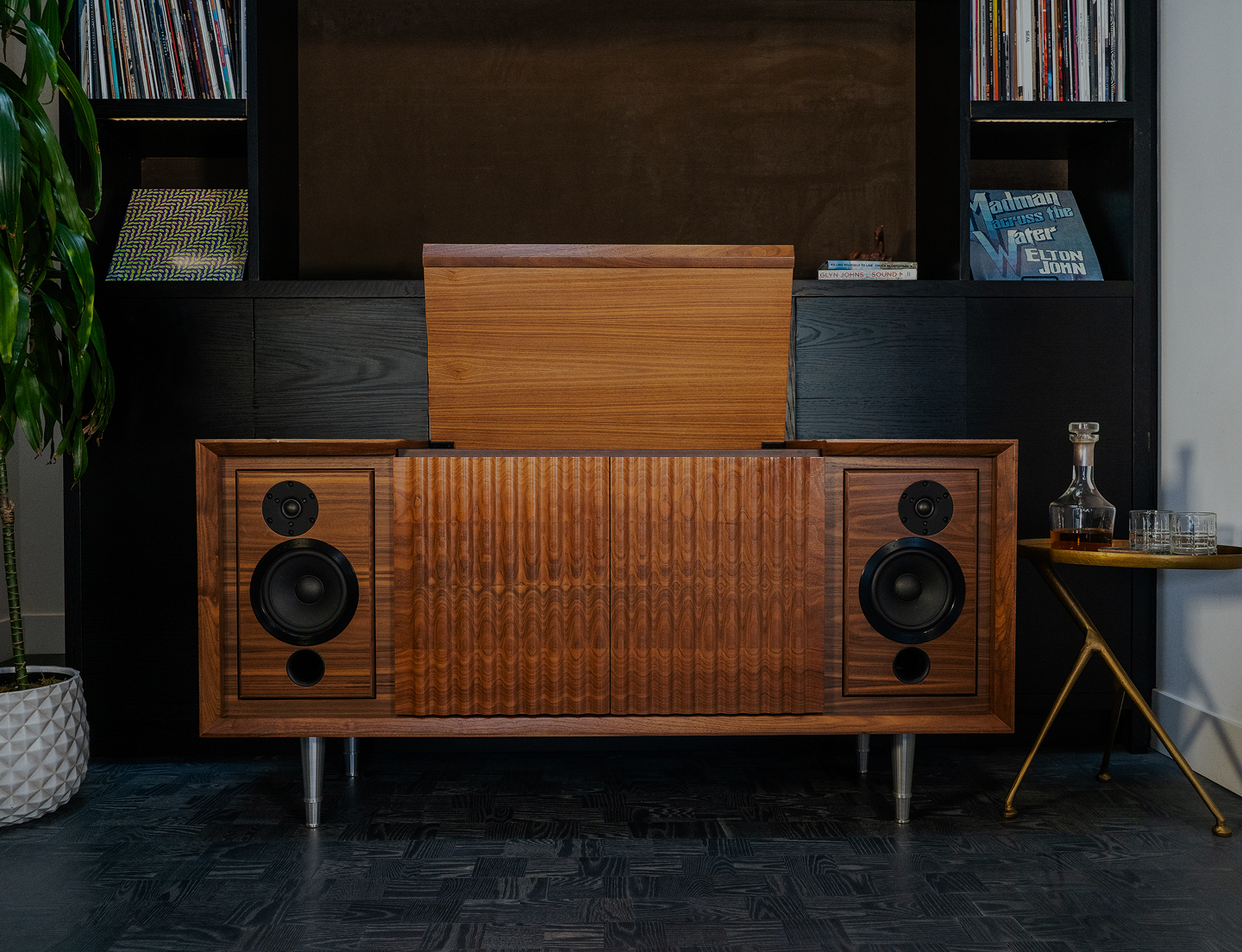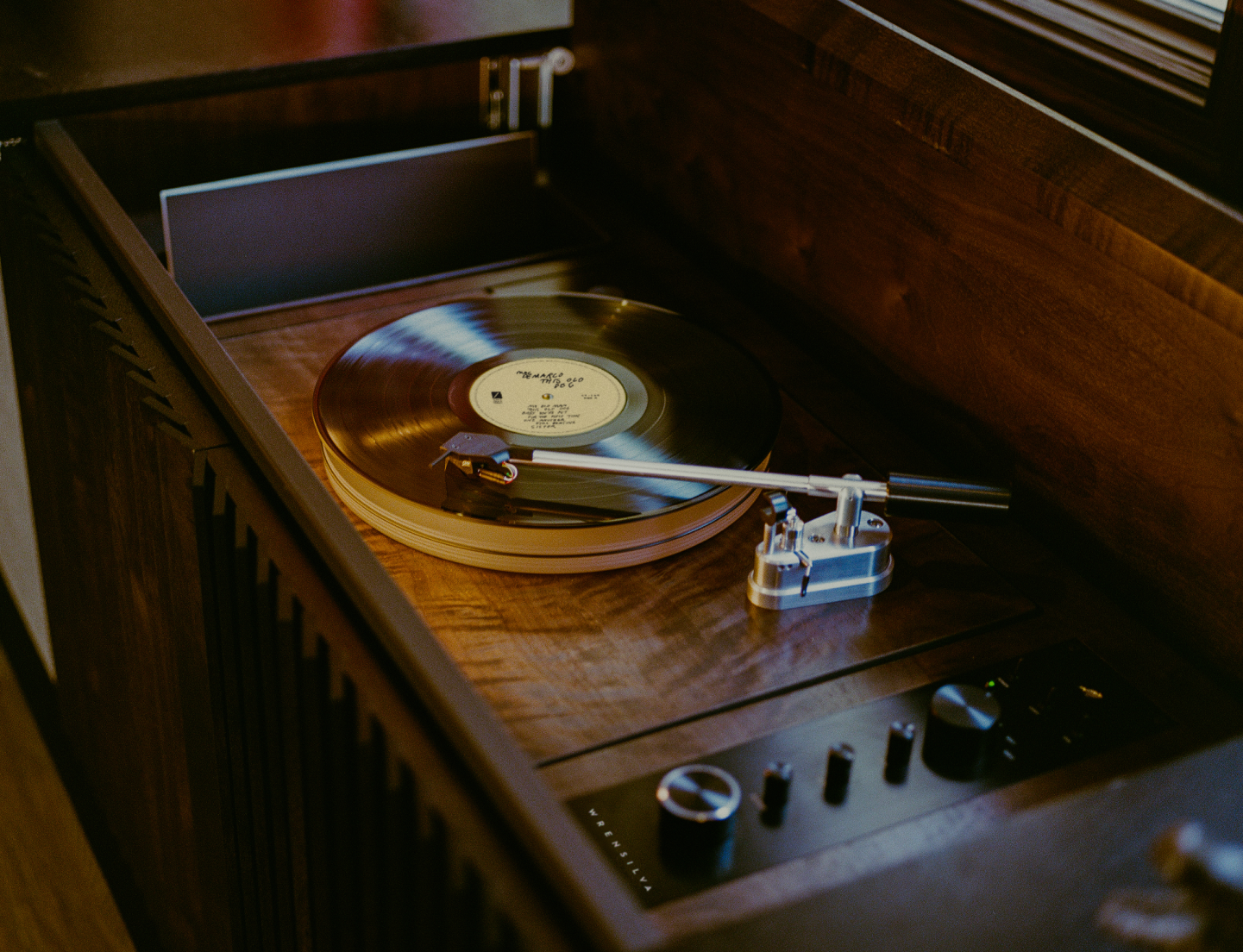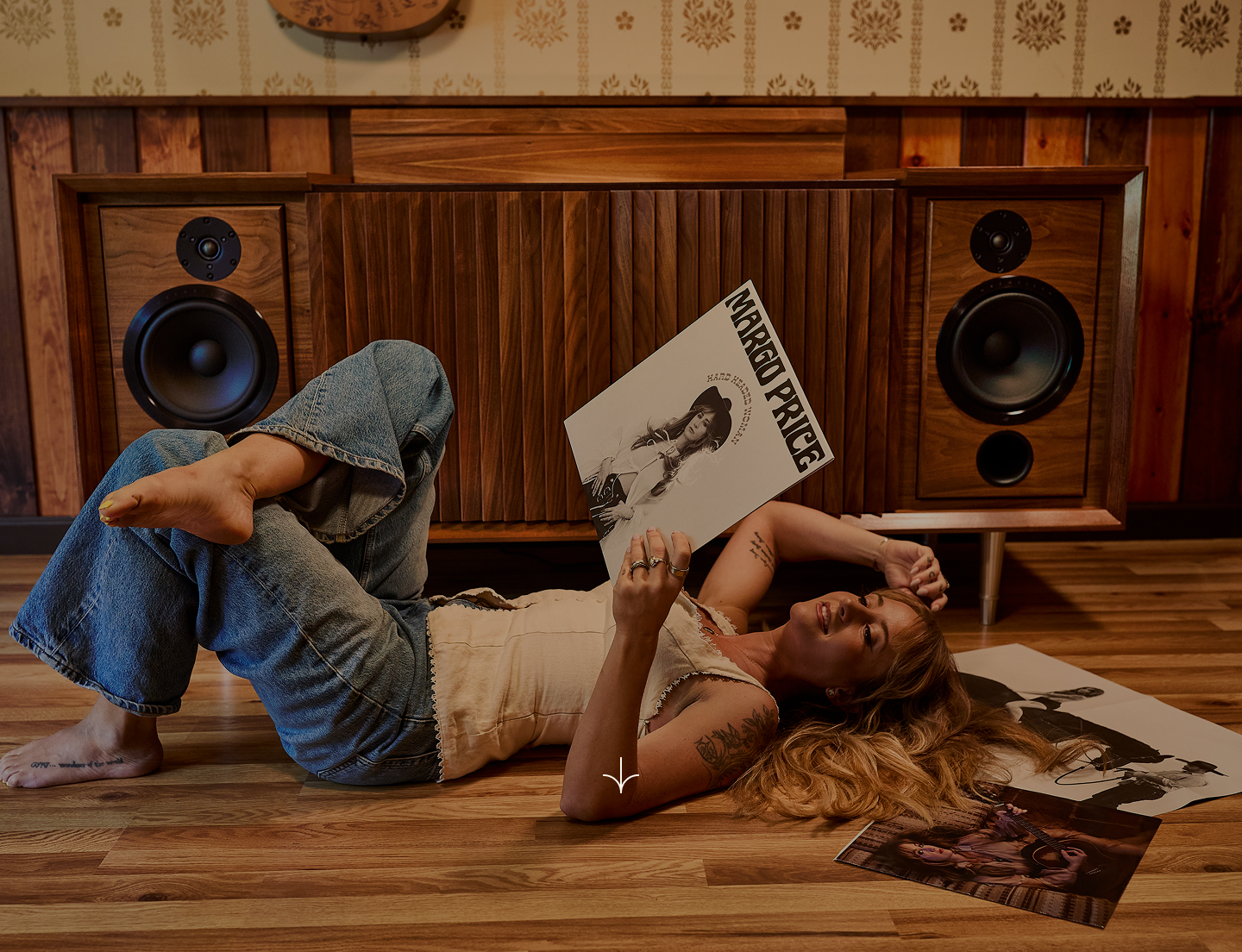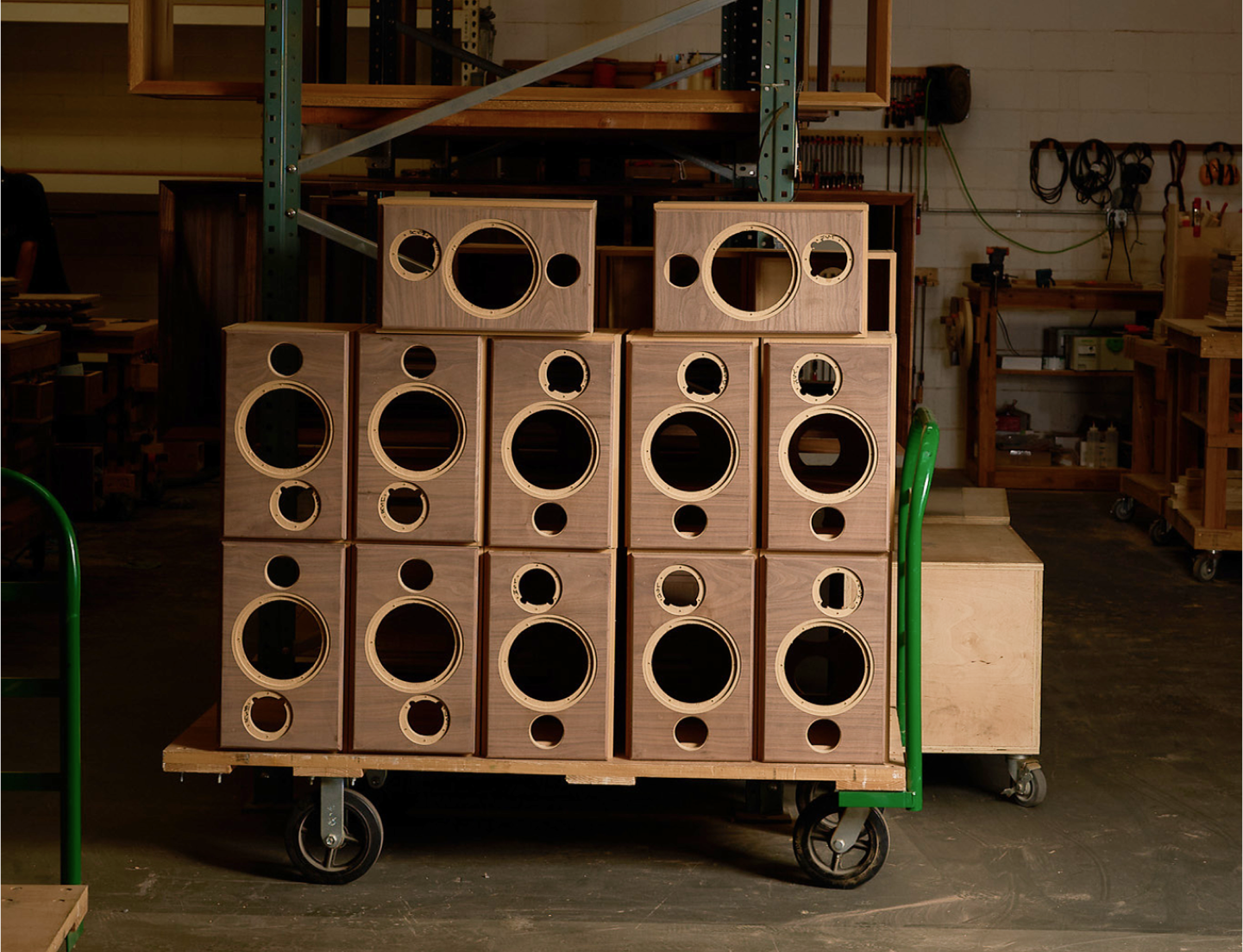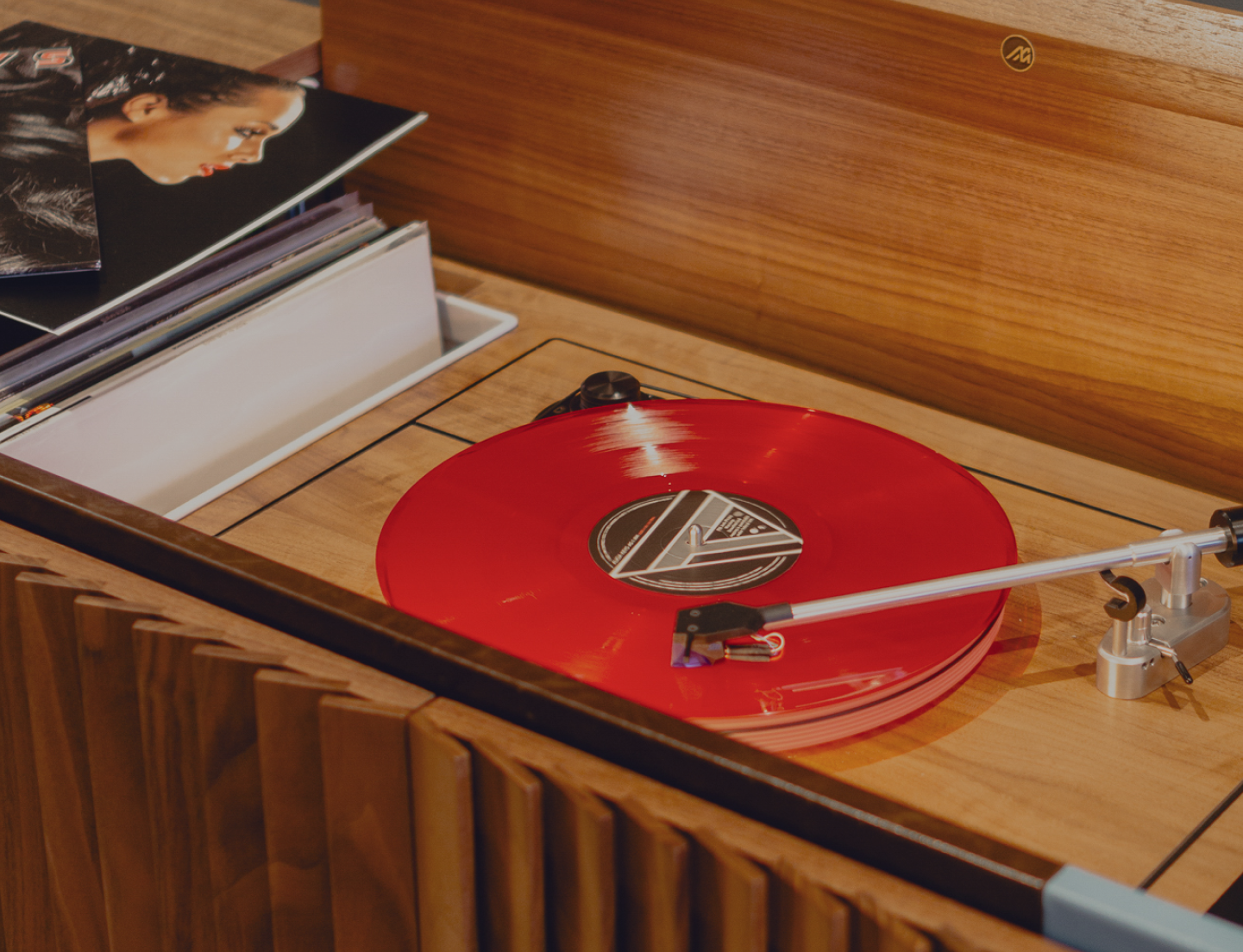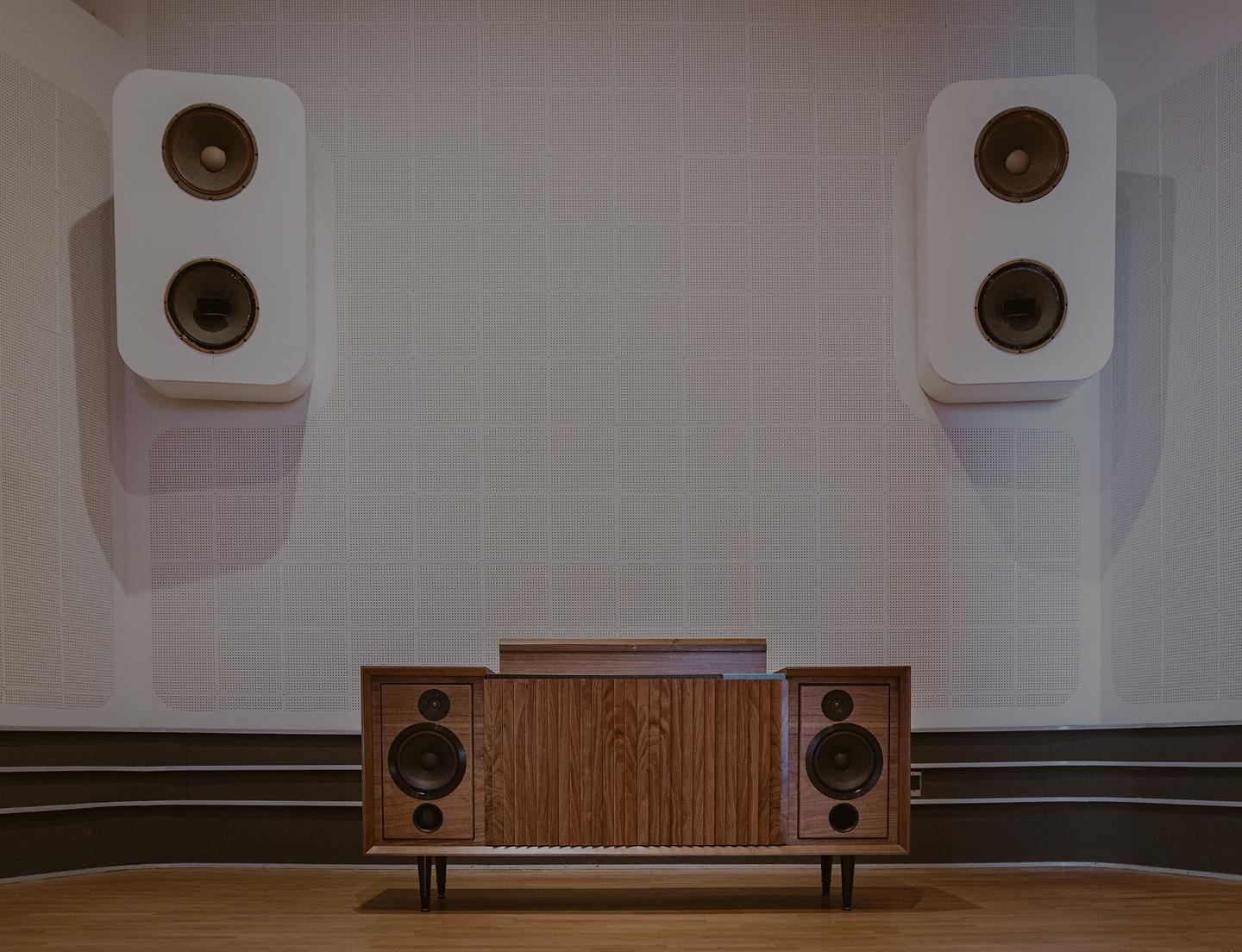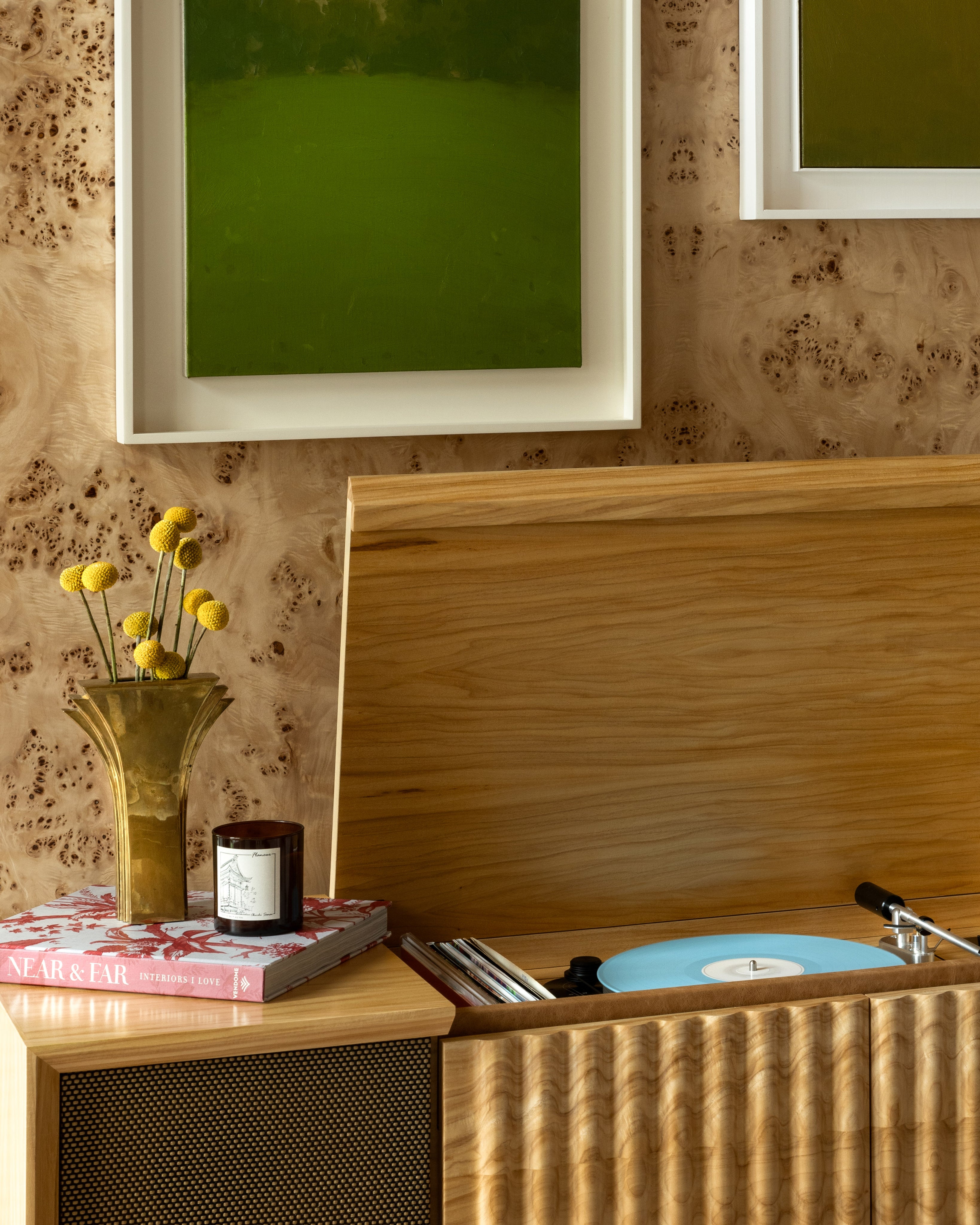Warm, true and faithful are the essential qualities of our sound delivery. But the best way to understand Wrensilva sound (without actually hearing it) is by delving into one of the most critical development steps — collaboration with revered music creators. These listening sessions with music creators helped shape the Wrensilva Sound for our next generation record consoles.
Wrensilva co-founder and head of audio Scott Salyer walks us through his journey of creating the Wrensilva sound experience. For him, it’s really about celebrating the artwork in its purest form. We sat down with Scott at our San Diego workshop to get the story of his pursuit of Wrensilva Signature Sound.
